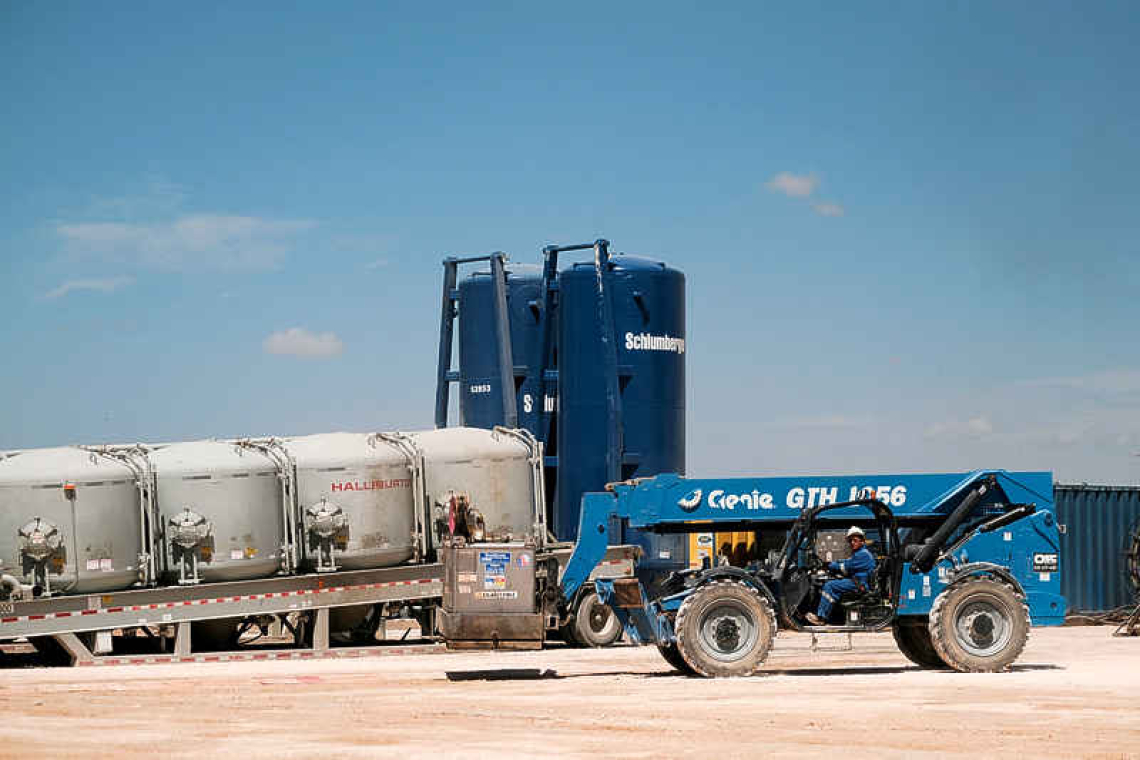HOUSTON--The U.S. oil industry has laid off thousands of workers and cut billions in spending due to lower oil prices and the biggest consolidation in a generation, in what could mark the end of the rapid output growth that made the U.S. the world's top producer.
The Organization of the Petroleum Exporting Countries and its allies in the OPEC+ producer group are increasing output to win back market share that was lost to the United States and other producers in recent years. OPEC+ agreed on Sunday to further raise production from October by 137,000 barrels per day.
Those increases have driven international oil prices down around 12% this year to just above breakeven levels for many U.S. oil companies, prompting cuts in spending and jobs that industry officials say could curb production.A plateau or fall in output would diminish the United States' sway in global markets and challenge U.S. President Donald Trump's energy dominance agenda for the country.
ConocoPhillips – the third largest U.S. oil producer – said last week it would cut up to 25% of its staff. That followed a similar announcement in February by rival Chevron, which said it would lay off 20% of its workforce, totaling roughly 8,000 people.
Oilfield service company SLB said it was reducing its workforce earlier this year, while Halliburton has cut staff in recent weeks.
Lower oil prices and rising costs have pushed 22 public U.S. producers, including Occidental Petroleum Corp, ConocoPhillips, Diamondback Energy, to cut their capital expenditures by $2 billion, according to a Reuters analysis of second quarter earnings announcements. The analysis did not include oil majors Exxon or Chevron.
U.S. oil rig count – an indicator of future activity – has fallen by about 69 to 414 this year, according to Baker Hughes."We've gone from ‘drill, baby, drill' to 'wait, baby wait’ here in the Permian," said Kirk Edwards, president of Texas-based Latigo Petroleum, referring to the largest U.S. oilfield.
The market needs oil prices to consistently trade around $70 to $75 a barrel for rigs to get back to work again, he said. U.S. West Texas Intermediate futures CLc1 were trading at $62.15 a barrel on Monday, after settling at $61.87 on Friday.
"It's having a very devastating effect on domestic employment and eventually it will affect our production," said Edwards. "At some point U.S. output growth will plateau and start to turn down, but that oil will be made up by OPEC."
Many analysts are already forecasting a drop in production from the record 13.2 million barrels per day reached in 2024, powered by the country's shale revolution. Research firm Energy Aspects expects U.S. onshore output to drop by 300,000 bpd in 2025 from last year, while rival Wood Mackenzie estimates U.S. onshore growth from lower 48 U.S. states of 200,000 bpd, the smallest increase since 2021 when COVID-19 ravaged demand.
Weekly production from the lower 48 U.S. states stood around 13.4 million bpd in the last week of August, according to data from the U.S. Energy Information Administration, below the peak 13.6 million bpd it touched in December last year."Modest crude production growth will slow even more as upstream activity stabilizes at a lower level and operators focus more on operational efficiency and capital discipline," Energy Aspects analysts Jesse Jones and Paola Romero said in a note.
While U.S. operators are dropping rigs, the U.S. frac spread count – which measures equipment deployed to fracture subsurface rock and complete wells - has fallen by 39 so far this year to 162 as of last week, its lowest since February 2021, according to market consultancy Primary Vision."You can't take 60 rigs and 20 to 30 frac spreads out of the Permian in three months and not eventually see a production response," Diamondback Energy CEO Kaes Van't Hof said in an earnings call in August.







